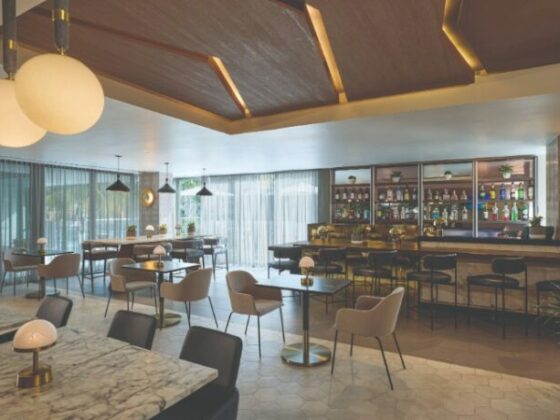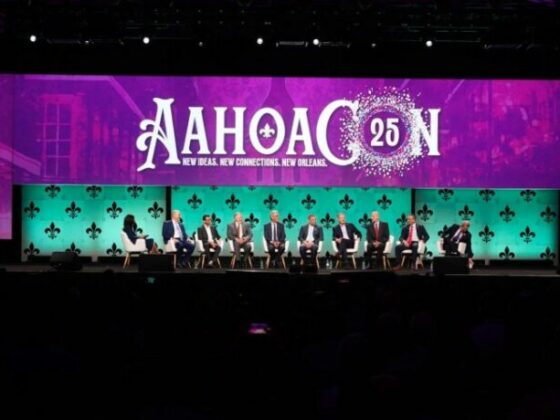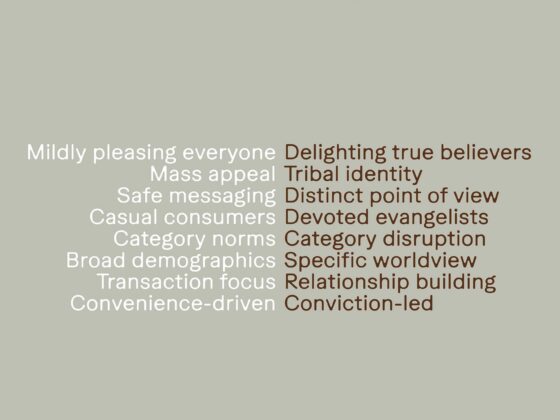
In hospitality, uniforms are the signals that convey identity and enhance guest experience through design and presentation. Beyond appearance, these carefully designed clothes are visual ambassadors that connect a brand’s value and premium service quality. According to a 2023 Cornell Hospitality Quarterly study, 73% of guests believe staff uniforms directly reflect the general quality and professionalism of a hotel.
Uniforms go beyond just identifying staff, they are strategic elements that help with brand positioning, visual consistency and guest interaction. They communicate organizational values, establish credibility and set expectations before a single word is spoken.
From luxury resorts like Four Seasons, where tailored navy blazers project sophistication, to boutique hotels like CitizenM with their casual-chic red sweaters, each uniform is specially designed to reflect the brand’s unique story—showing cultural values and dedication to guest satisfaction. This guide explains the importance of uniforms in hospitality as well as their impact on guest perception and brand image.
Uniforms as an Extension of the Brand
Uniforms can be a powerful way to reinforce a brand, create a cohesive look, professional perception and build trust with customers by having employees look the same.
Consistency and Cohesion
Uniforms give a consistent visual representation of the brand, reinforces brand messaging and makes it easier for customers to recognize and associate the brand with quality and professionalism.
Our uniforms are as much a part of our brand as our logo. When guests see that visual consistency across all touchpoints, it builds confidence in our service promise. Maria Lopez, Human Resources Manager at Hyatt Hotels
By having all employees looking the same, hospitality professionals create a strong and memorable visual identity that resonates with their customer base.
Brand Recognition
Specific colour palettes, logos and design elements on uniforms help customers to easily identify and remember the brand, meaning that uniforms allow for quick recognition and strengthen brand’s visual identity no matter where employees are located.
Credibility and Expertise
The impression of professionalism and dependability that is conveyed by uniforms can increase brand confidence and trust. Consumers will more likely view a hotel or a restaurant as capable when the staff members are well-groomed, well-coordinated and adhere to the visual standards.
Unity and Identity of Employees
Employees who wear uniforms are more likely to feel united with each other. As a result, the organization develops a feeling of unity and collective identity. This boosts the employee morale and passion for their work.
Customer Experience
Uniforms contribute to the development of favorable client interactions. This improves the customer experience since they will find it simpler to identify who to seek help from, making the process more certain and safe.
Affordable Branding
Uniforms help businesses with multiple locations build their brand and look the same everywhere, without spending above budget. Uniforms also help business owners spread their brand message through logos and slogans stitched on the front or back.
Comfort and Functionality
Uniforms should be designed to fit the requirements of the staff roles in order to ensure good comfort and utility. A good uniform takes into account what each position requires while also looking fit for the brand. Furthermore, uniforms should be comfortable and well-fitting for all employees to boost their confidence and ease while representing the brand.
How Uniforms Enhance Better Guest Experience
Uniforms in hospitality are multi-faceted tools that bridge brand identity, cultural context and human psychology. They do more than look good; they give quick, unspoken signals about the quality of service. A clean and well made uniform gives a good impression, shows professionalism and care and helps build trust.
Seeing staff members in the same uniform makes visitors relax as it shows organization and competence. Uniform design impacts staff performance and guest satisfaction. Certain styles, such as concierge jackets, white caps and aprons help visitors feel at home when they are actually in a hotel.
A front desk employee in tidy attire is easily approachable and a server in a stain proof outfit can serve without distractions. Small design features like patterns inspired by local culture or materials sourced nearby help guests connect with the brand’s story.
Marriott’s renaissance of their uniform program exemplifies this approach—incorporating regional textiles and patterns into standardized designs across their global portfolio, creating recognition while honoring local contexts.
A beach resort could use breezy, tropical-themed uniforms to Improve the vacation vibe and a traditional hotel could use fitted clothing for a timeless look. These details create emotional connections and turn ordinary interactions into memorable experiences.
Uniforms also make it easier for guests to find staff: different colours or styles help guests quickly understand staff roles. A concierge in a bright blazer stands out, a hostess in soft colours feels welcoming.
Guests feel supported and conversation is facilitated by this clarity. In the end, good uniform design combines functionality with storytelling, increases comfort, trust and engagement. When staff feel confident and guests feel understood every interaction can lead to loyalty.
Trends, Challenges and Future of Uniform Design
Uniform design has moved from simple clothing to a mix of technology, comfort and cultural meaning. Many designers are now creating smart fabrics that can monitor health, regulate temperature and change color.
Sectors like hotel services and restaurants are pushing new ideas, with materials designed to boost performance, reduce tiredness and provide real-time feedback. Accor Hotels recently partnered with sustainable fashion designers to create biodegradable uniforms from recycled materials, addressing both environmental concerns and contemporary aesthetics.
Some challenges include balancing looks with practicality, making uniforms sustainable and providing sizes for all body types. New trends are customizable uniforms, advanced moisture-wicking fabrics and designs that can be recycled to reduce environmental impact.
The future of uniform design looks exciting with a combination of new materials, wearable technology and comfort-focused designs, uniforms will be smart, adaptive and better for the workplace.
Conclusion
Uniforms are not just clothes; they are communication tools that show brand identity, improve guest experience and create connections. Designing uniforms that match their ideals helps hospitality companies to transform ordinary clothing into strong emblems of professionalism.
The uniform is often the first tangible interaction a guest has with your brand values. That moment creates a foundation for the entire experience that follows. Gigi Kwok, Hospitality Design Director at WATG
Uniforms are the visual core of a company’s culture and guest relationships. As the industry evolves uniforms will continue to be the way people see the brand, build trust and deliver great service that creates memories.









